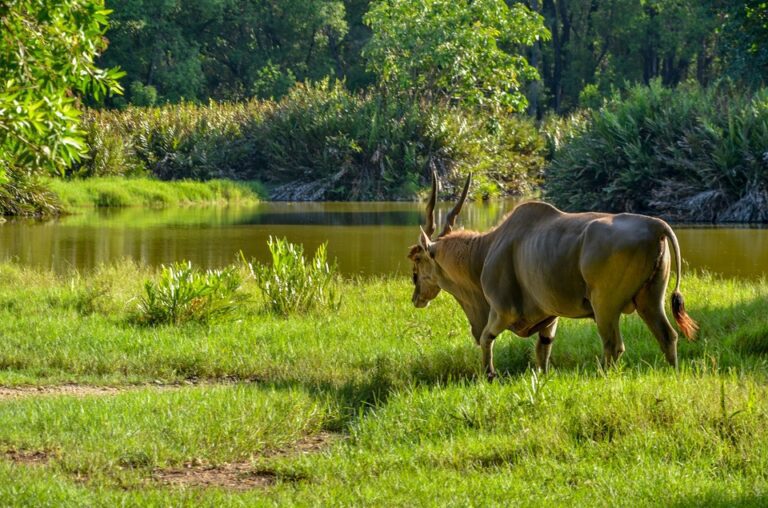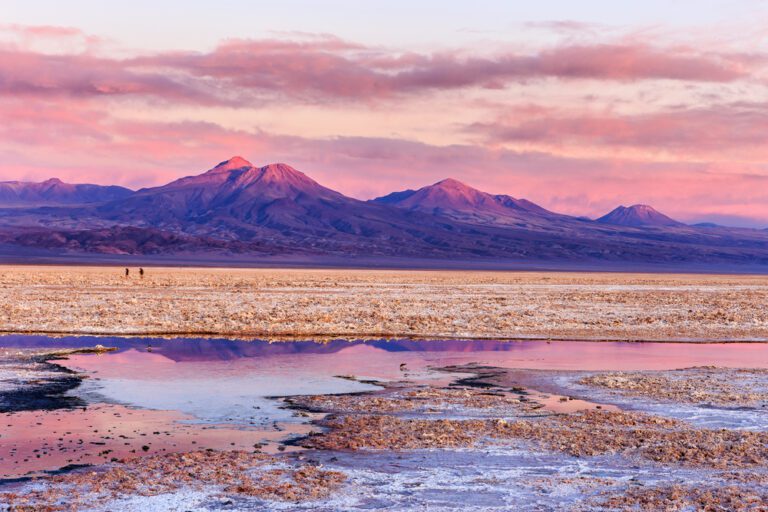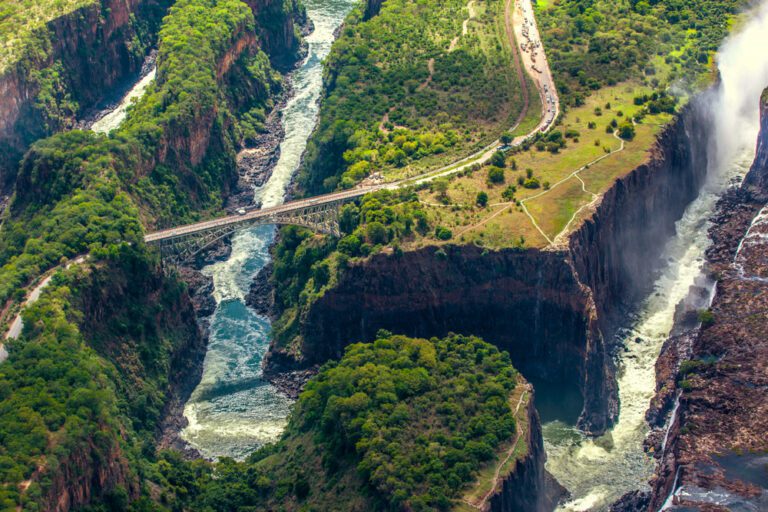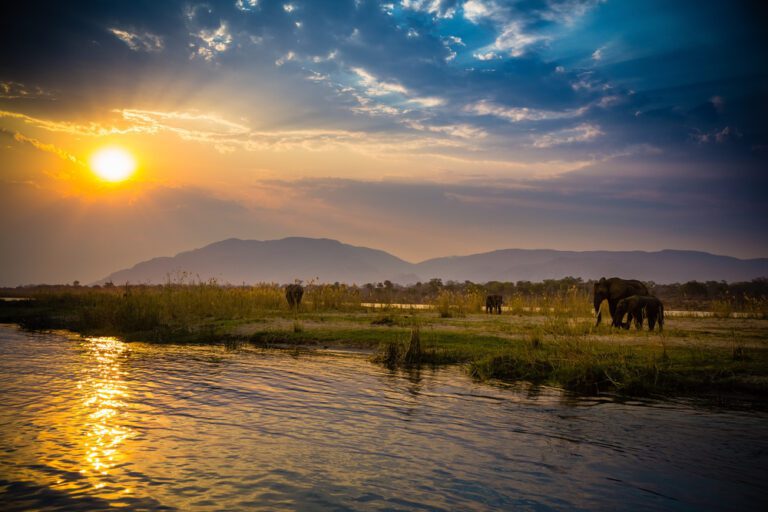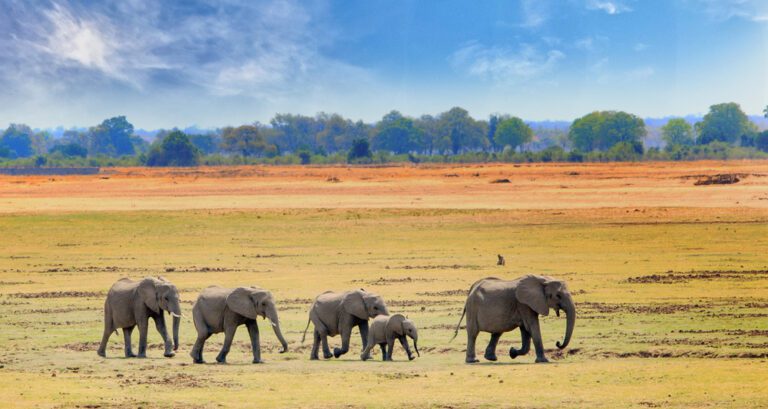TAWANG – Surrounded by scenic mountain ranges, the high-altitude Tawang Valley is Arunachal Pradesh’s most popular tourist destination. Visitors come to see the stunning icy mountain pass Se La, and the town’s beautiful 16th century Buddhist monastery—India’s largest, and a holy site for Tibetan Buddhists. Tawang has been under de facto Indian administration only since the 1950s and it was briefly held by the Chinese in 1962. Don’t miss the ‘Madhuri Jheel’ a location for the Hindi film Koyla. Nearest airports are Guwahati and Tezpur, and Tawang is about 325km/8 hours from Tezpur.
NAMDAPHA – Namdapha National Park— the third largest in India—is all things wonderful. Part of a sub-region of the Eastern Himalaya, this is one of the richest areas for biodiversity in the subcontinent. With nearly 100 mammals including the Hoolock Gibbon, and this is only protected habitat that harbours four big cat species: tigers, leopards, clouded leopards and snow leopards. It has an abundance of bird population with 420 avian species on record. No surprise, it makes for a birder’s paradise. The town of Miao is the entry point for Namdapha and it is 160 km from Dibrugarh airport
Tawang MonasteryZIRO – Blue hills, a 1,058sq km plateau that’s topographically cut off from the rest of the world and an old ethnic tribe that worships nature. That’s Ziro, home to the Apatani people, known for their rare system of paddy-fish cultivation; in fact, so highly productive and unique is their way of cultivating rice and preserving the ecology that it is a proposed Unesco World Heritage Site. The tribe warmly welcomes visitors during its agricultural festivals: Myoko, Murung and Dree, but the region is also known for the annual Ziro Festival of Music. Ziro is 261 km from Guwahati.








